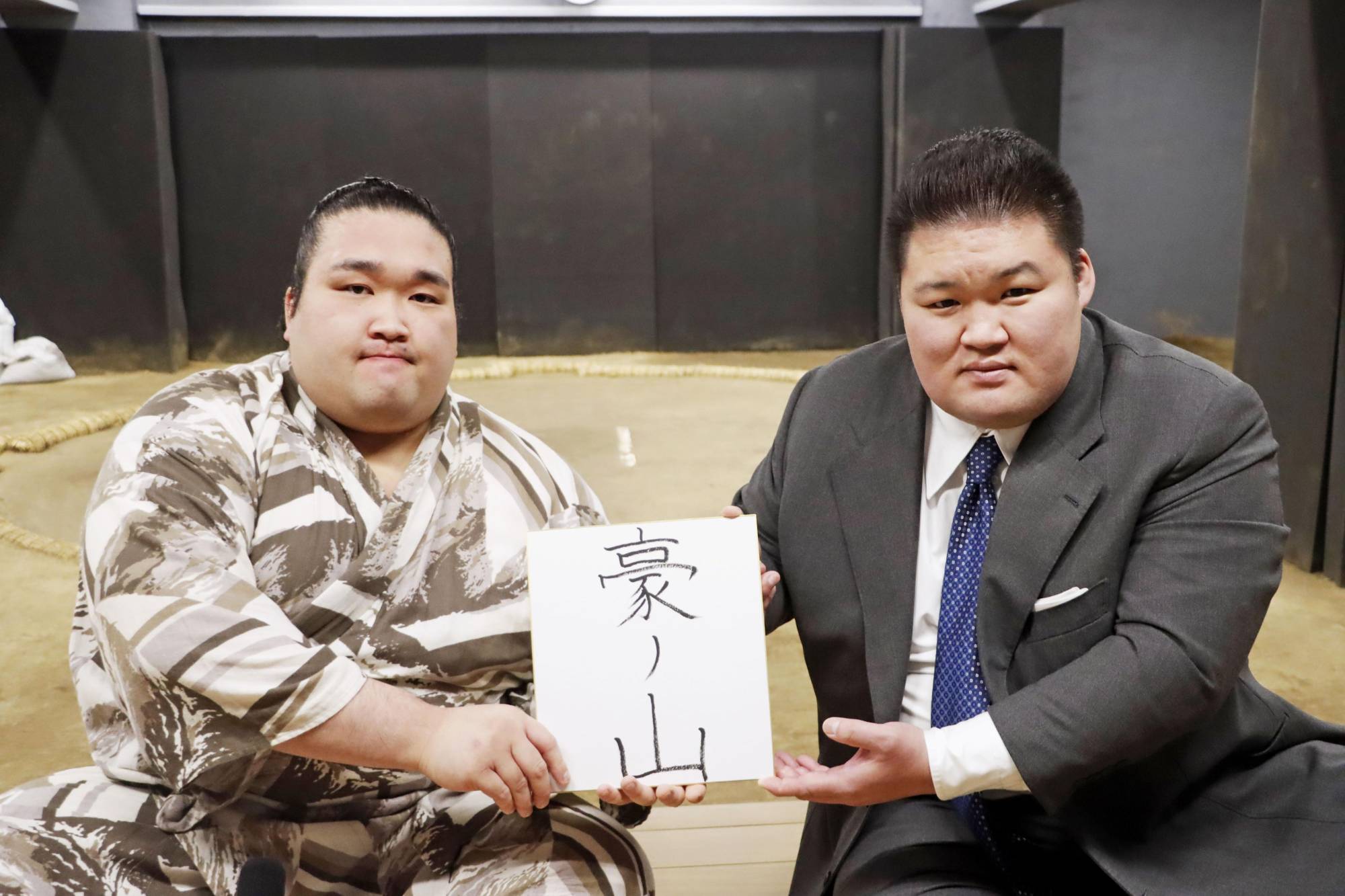Top-level sport is an accelerated version of the wheel of life. Athletes go from ascending prospect to grizzled veteran in what seems like the blink of an eye.
In 2012, Terunofuji was a teenager slowly making his way up the banzuke towards the salaried ranks.
A decade later, the giant Mongolian-born standout is a highly decorated but aging yokozuna, struggling against the ravages of time and injury.



















With your current subscription plan you can comment on stories. However, before writing your first comment, please create a display name in the Profile section of your subscriber account page.